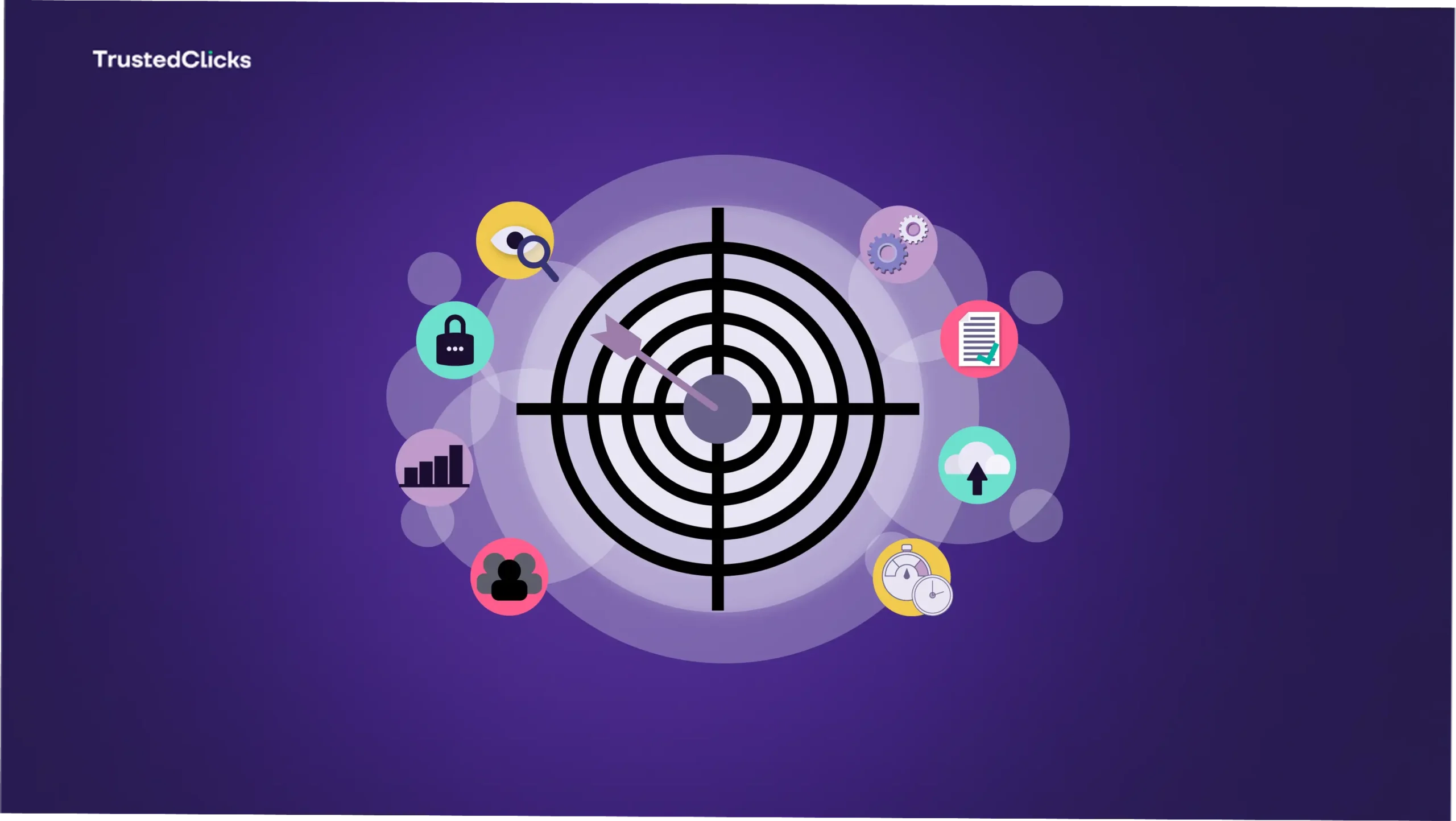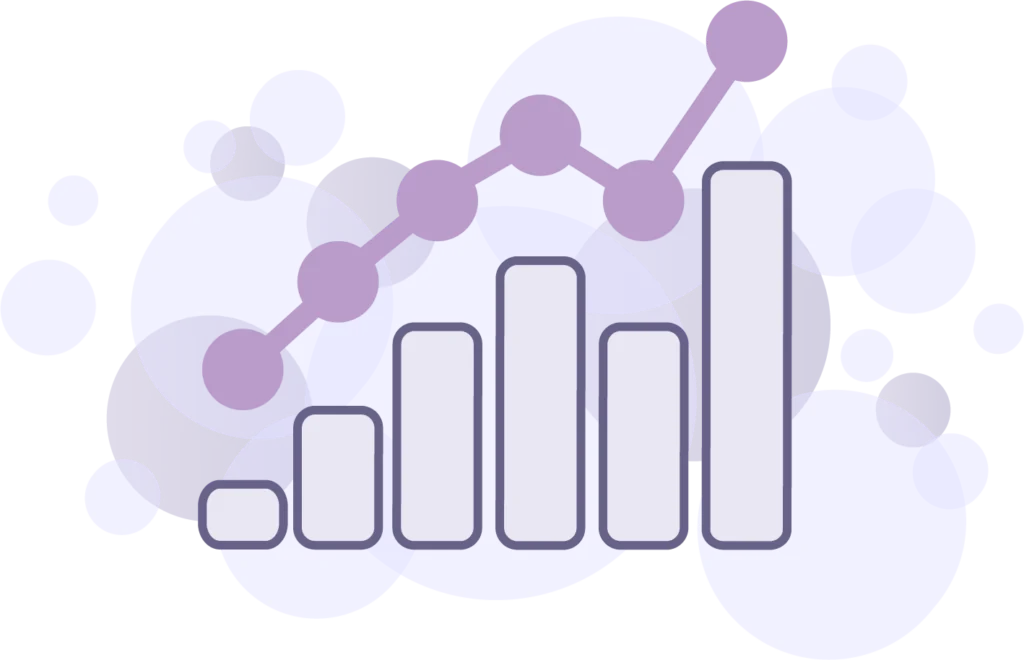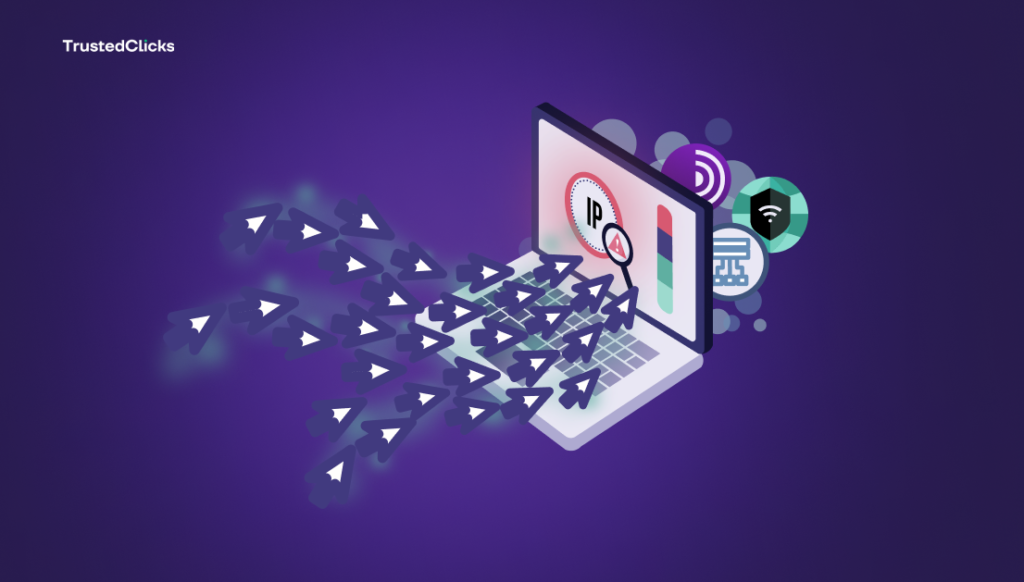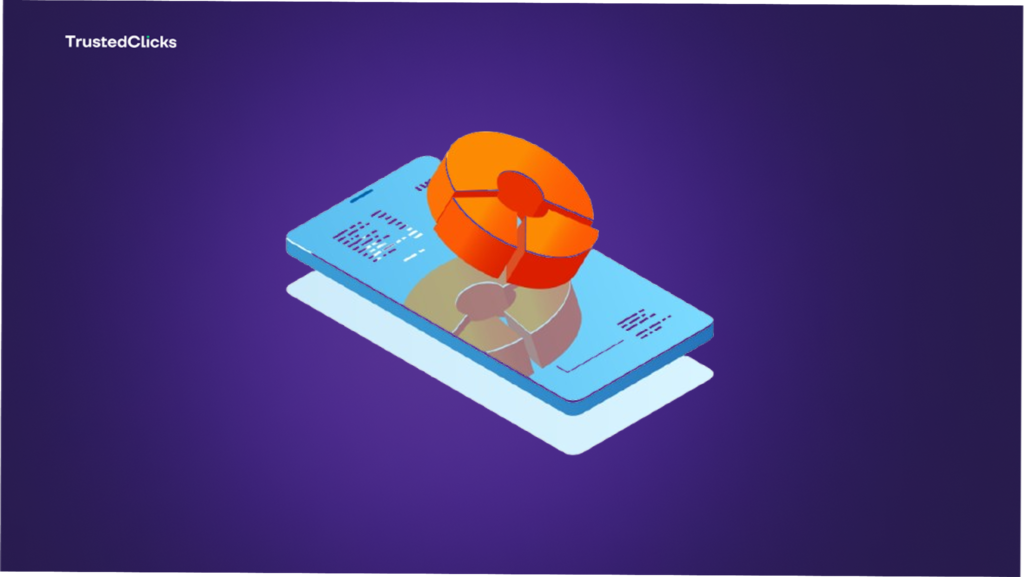- Website security
Decoding the Risk Behind Every Click With IP Risk Scoring


The Invisible Web of Connections
Imagine the internet as a sprawling metropolis. Every device—your phone, laptop, or smart fridge—is a resident with its own address: the IP (Internet Protocol) address. This string of numbers (like 192.168.1.1) acts as a digital fingerprint, pinpointing where data comes from and where it’s going. But just like in any bustling city, not every resident is trustworthy. Some IP addresses are tied to malicious actors—cybercriminals launching phishing attacks, bots flooding websites with traffic, or proxies hiding the true origins of shady activity.
The challenge? With billions of devices online, it’s impossible to manually sift through every IP address to determine friend from foe. That’s where IP risk scoring steps in, offering a sophisticated, automated way to assess the trustworthiness of an IP address in real time.
What Is IP Risk Scoring, Exactly?
At its core, IP risk scoring is a method of assigning a numerical value—or “score”—to an IP address based on its likelihood of being associated with risky or malicious behavior. This score is calculated using a blend of data points, machine learning algorithms, and real-time intelligence. The higher the score, the greater the risk. It’s like a credit score for your internet presence, but instead of measuring financial trustworthiness, it gauges digital danger.
So, how does it work? IP risk scoring systems pull from a treasure trove of data, including:
- Historical Behavior: Has this IP been linked to spam, DDoS attacks, or phishing campaigns in the past?
- Geolocation: Is the IP coming from a region known for cybercrime, or does it mismatch the user’s claimed location?
- Network Analysis: Is it part of a known botnet or a VPN hiding its true source?
- Real-Time Activity: Is the IP exhibiting suspicious patterns, like rapid-fire login attempts or unusual traffic spikes?
By crunching this data, IP risk scoring delivers a verdict—often in milliseconds—allowing businesses to decide whether to block, flag, or trust a connection. It’s a bit like having a superpower: the ability to see through the anonymity of the internet and spot trouble before it strikes.
The Stakes Are Higher Than Ever

Why does IP risk scoring matter so much in 2025? The answer lies in the evolving threat landscape. Cybercrime is no longer the domain of lone hackers in dark basements—it’s a multi-billion-dollar industry. According to recent estimates, global cybercrime costs could hit $10.5 trillion annually by 2025, fueled by ransomware, identity theft, and sophisticated fraud schemes. Every click, every connection, is a potential entry point for these threats.
Take e-commerce, for example. A fraudster using a high-risk IP might attempt to make purchases with stolen credit cards, costing merchants millions in chargebacks. Or consider online gaming, where cheaters hide behind proxy IPs to gain unfair advantages. Even social media platforms aren’t immune—bots and fake accounts tied to risky IPs spread misinformation at lightning speed. Without a way to assess these risks, businesses are left playing whack-a-mole with an invisible enemy.
Real-World Applications: IP Risk Scoring in Action
Let’s peel back the curtain and look at how IP risk scoring is making waves across industries:
- Cybersecurity: Companies use IP risk scoring to fortify their firewalls and intrusion detection systems. If an IP with a high risk score tries to access a network, it’s blocked before it can even knock on the door. This proactive approach stops attacks like brute-force logins or data breaches dead in their tracks.
- Fraud Prevention: Banks and payment processors rely on IP risk scoring to spot suspicious transactions. Imagine a customer logging in from New York, but their IP suddenly pings from a server in Eastern Europe minutes later. That’s a red flag—and IP risk scoring catches it instantly.
- Content Protection: Streaming services like Netflix or Spotify use IP risk scoring to detect VPNs and enforce regional content restrictions. It’s not just about piracy—it’s about ensuring fair access and licensing compliance.
- Ad Tech: Digital advertisers use IP risk scoring to weed out bot-driven click fraud, where fake traffic inflates ad metrics. By filtering out risky IPs, they ensure marketing budgets aren’t wasted on ghost clicks.
- User Experience: It’s not all about blocking—IP risk scoring can also enhance trust. Low-risk IPs might skip extra authentication steps, giving legitimate users a smoother experience while high-risk ones face tighter scrutiny.
The Tech Behind the Magic
Building an IP risk scoring system isn’t child’s play—it’s a feat of engineering and data science. At its heart lies machine learning, which trains models on massive datasets of IP behavior. These models learn to spot patterns humans might miss, like subtle correlations between IP ranges and malware distribution.
Then there’s the data itself. IP risk scoring pulls from global threat intelligence feeds—think of them as the internet’s gossip network—tracking everything from compromised servers to newly registered domains. Add in geolocation databases, blacklists, and real-time traffic analysis, and you’ve got a recipe for a dynamic, ever-evolving risk assessment tool.
But it’s not perfect. False positives—flagging a harmless IP as risky—can frustrate users, while false negatives might let a clever attacker slip through. That’s why the best systems are adaptive, constantly refining their algorithms based on new data and feedback loops.
The Future of IP Risk Scoring
As we march further into 2025, IP risk scoring is poised to get smarter. With the rise of IPv6 (the next generation of IP addresses), there’s a vastly larger pool of addresses to monitor—offering both challenges and opportunities. Artificial intelligence will play a bigger role, predicting risks before they even materialize by analyzing trends across billions of interactions.
Privacy, too, will shape its evolution. As regulations like GDPR and CCPA tighten, IP risk scoring must balance security with anonymity, ensuring it doesn’t overstep into invasive territory. After all, an IP address might not reveal your name, but it can hint at your location and habits—raising ethical questions about how this data is used.
Clicking With Confidence
In a world where every click could be a gamble, IP risk scoring is the ace up our sleeve. It’s not just about catching the bad guys—it’s about empowering businesses and users to interact online with confidence. Whether you’re shopping, streaming, or securing a network, this technology is quietly working behind the scenes, decoding the risks so you don’t have to.
So next time you click a link or log into an account, spare a thought for the invisible shield of IP risk scoring. It’s the unsung hero of the digital age, turning a chaotic web of connections into a safer, smarter place—one IP at a time.
Frequently Asked Questions
What is IP scoring ?
IP scoring, also known as an IP fraud risk score, is a numerical value assigned to an IP address to assess the likelihood of fraudulent activity. This score typically ranges from 1 to 100, where a higher score indicates a greater risk of fraudulent behavior originating from that IP address.
The calculation of an IP fraud risk score involves analyzing various predetermined factors to identify potentially harmful or suspicious activities before they can occur. For instance, the system evaluates indicators such as bot-like behavior, geographic inconsistencies, and mismatches between the IP address and provided location or billing details.
By incorporating these and other critical signals into the scoring process, IP scoring tools can proactively flag high-risk IPs that may be associated with malicious activities like credential stuffing, fake account creation, or unauthorized access. This allows businesses to take preventative measures, ensuring their platform remains secure and user-friendly for legitimate visitors.
How does IP risk scoring work ?
IP risk scoring works by analyzing various factors associated with an IP address, such as its geographic location, usage patterns, history of suspicious behavior,
and whether it is linked to proxies, VPNs, or Tor networks. These factors are evaluated using advanced algorithms to calculate a score that indicates the
likelihood of risk.
What is the IP risk assessment ?
IP address risk assessment is the process of evaluating the risks associated with a specific IP address by analyzing its behavior, history, and associations. This assessment helps identify whether the IP is linked to malicious activities, suspicious behavior, or potential fraud. It involves checking the reputation of the IP to determine if it is associated with threats such as spamming, phishing, or botnet activity, and analyzing its geographical location and ISP to flag any high-risk regions or suspicious ownership. Activity patterns, such as login attempts, traffic frequencies, and unusual behaviors, are also scrutinized, along with determining if the IP uses proxies, VPNs, or Tor nodes to mask its identity. Scanning for open ports and vulnerable services can reveal additional risks, and reviewing historical data provides insight into past involvement in malicious actions like malware distribution or DDoS attacks. Ultimately, a risk score is assigned to reflect the level of threat associated with the IP, helping organizations protect against cybersecurity threats, prevent fraud, and comply with regulatory requirements. Tools such as threat intelligence platforms, geolocation services, and security monitoring systems are often used to conduct these assessments effectively.
Final Words
As we stand on the cusp of an increasingly digital future, IP risk scoring emerges as a cornerstone of online safety and trust. It’s more than just a technical tool—it’s a shield against the chaos of the internet, a way to reclaim control in a space where anonymity often reigns supreme. By decoding the risk behind every click, IP risk scoring doesn’t just protect us today; it paves the way for a safer, more secure tomorrow. So, the next time you venture online, take comfort in knowing that this invisible guardian is watching, ensuring that the digital world remains a place where innovation thrives and threats are kept at bay. In the end, IP risk scoring isn’t just about numbers—it’s about peace of mind in an unpredictable age.
Table of Contents
Join our community!
Subscribe to our newsletter for the latest updates, exclusive content, and more. Don’t miss out—sign up today!
Recent Posts

What Are The Differences Between Click Fraud and Invalid Clicks
- 4 mins read

Geolocation & IP Fraud Scores: Strengthening Your Security Strategy
- 5 mins read

Navigating the Bot Traffic Maze: What’s Real and What’s Not
- 8 mins read



